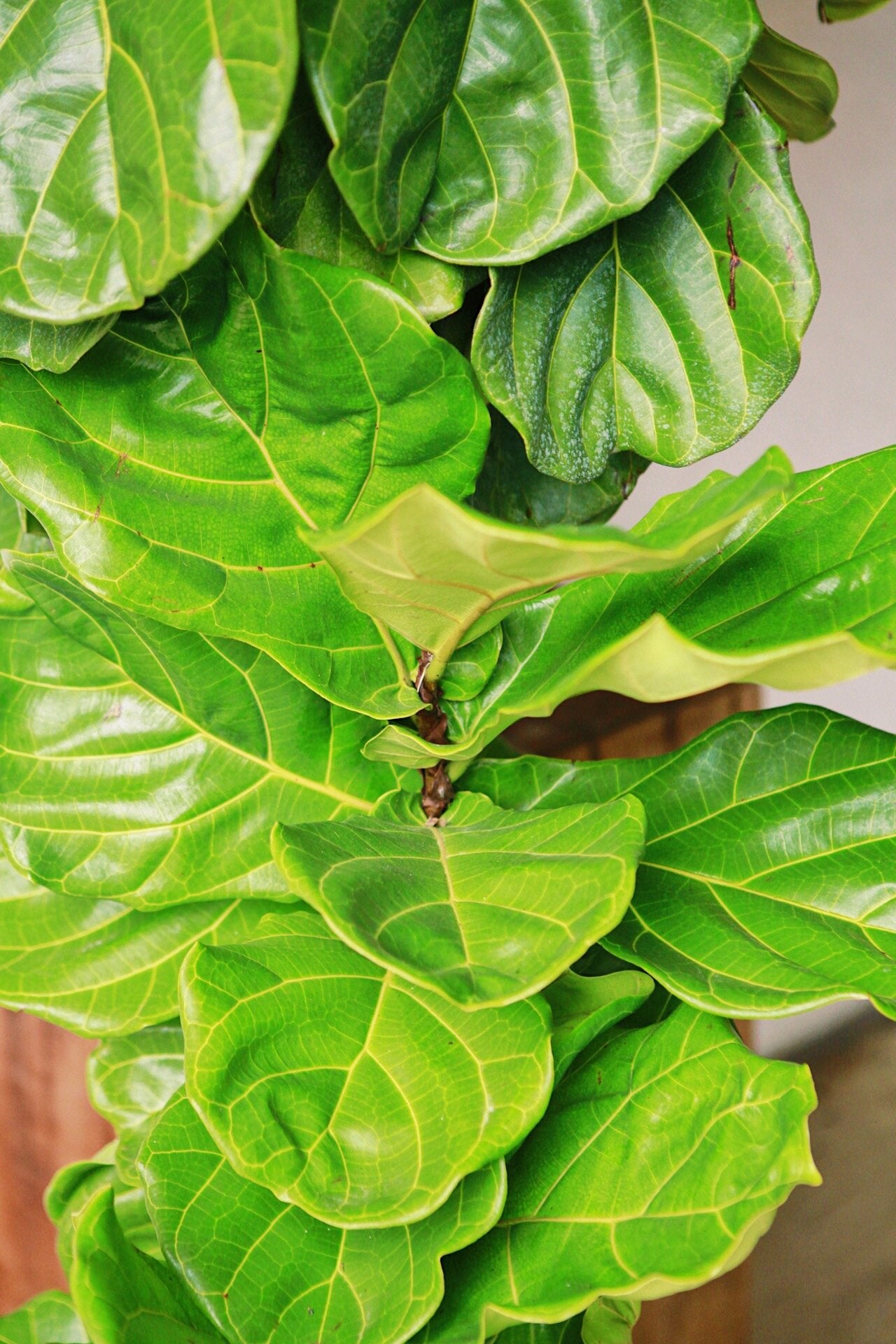
A Closer Look at Fiddle Leaf Figs
Ever the interior designer favorite, the Fiddle Leaf Fig is probably as popular as it is… problematic? If you’ve ever owned one (or killed one) you’ve known this to be true!
We’ve decided to zero in on this plant and reveal some of the best industry tips to keeping your Fiddle Leaf Fig happy. It can be done! And those of you who’ve had success with your FLF’s have probably seen large and rapid growth on them
The most important takeaway is probably this: these plants thrive on routine. Once they’re acclimated to their conditions, they can become reactive to any changes in those conditions. This is why it is very normal for your FLF to lose a leaf or few in the first week of being brought home. And once you’ve picked a spot for it, it’s best not to move it. So choose wisely!
Starting with Light

When our customers seem curious about the Fiddle Leaf Fig, we like to screen them on where they’re thinking of placing their plant. This is because perhaps the most important thing for your FLF is going to be proximity to a window with good, bright light. The best placement for your FLF will be close to an East or West facing window. South Facing windows, will work too if your FLF is not directly in the window, but pulled back slightly so the leaves don’t burn given the long hours of direct sun exposure. Ultimately, its best to provide your FLF too much light vs. not enough light.
Water the right way.
Your FLF thrives on routine and deep waterings. Drainage is also very important.
Plan to water your FLF every 7-10 days, always checking to ensure the top 1-2” of soil is dry before watering. Your FLF likes for its soil to dry out a big between waterings, and then receive a good, deep watering. The kind of watering that is done slowly, ensuring absorption into the soil, allowing water to run out the bottom. This is why drainage is imperative. Ensure your fig is potted into a container with drainage holes and a tray to catch any excess water. It is also important that the bottom of the pot does not sit in water, so consider purchasing a tray that elevates the pot, or plan to dump the tray of its excess water. If you’re potting your FLF into a pot with no drainage hole, its best to leave it in its growers pot inside the decorative pot.
Common issues and their solutions
If your FLF has been established in the same location for over a month, and you’ve ruled out the presence of common household pests, there are a couple signs to look out for. The most common issue we see with FLF’s is a phenomenon called edema which presents as tiny reddish brown spots clustering throughout the leaf, particularly in new growth. This can be a sign of irregular waterings (deviating from the established routine watering in any way). Luckily, it’s not so much an issue as it is a signal to water more diligently, and ensure proper drainage.

If your FLF has lost a leaf or two unexpectedly, this can also be a sign of over OR underwatering. As we learned in telling the subtle difference between overwatering and underwatering, if otherwise healthy growth is droopy or turned downward, that tends to be a sign of underwatering. On the contrary, if growth is firm, it's likely that you haven't left enough time between waterings. Adjust the frequency of your waterings accordingly, and be patient. It may take some time for your plant to recover, but they can be shockingly resilient plants!
Tips and Tricks
Pruning
Pruning your FLF along its woody growth will encourage new growth and branching. Plus, you can save the cut piece and root it in water, and grow a whole new plant!
Notching
You can encourage new leaf growth along the woody stem as well! Identify the nodes by finding circular shapes on the woody part of the plant. Use a clean, sharp instrument to make a 1/2” incision, enough for the white sap to begin to leak out of the plant. This process stimulates a growth hormone that will encourage new leaves to bud!
Shaking
Many folks swear by giving their FLF’s a bit of a shake-up to encourage their roots to fortify. This process is known as thigmomorphogenesis, which is caused by the wind in nature. In order to do this, you’ll want to take the plant by its trunk and gently shake the plant in a way that rustles the leaves but leaves the soil undisturbed. You can add this step to your watering routine, to keep things simple!
Be Radically Honest
Don’t force things. Take a good hard look at your space and make sure it has ample light and room for a Fiddle Leaf Fig to grow over the long run. If you live in a space with low light, you’ll want to consider investing in a grow light, and level your expectations for success. There are plenty of plants that will thrive well in low light conditions! So you always have options.
And then examine yourself and your routine- you may be a person that thrives on regularity, in which case, the Fiddle Leaf Fig is perfect for you! Most plants really don’t thrive on routine waterings in the same way that FLF’s do, as we learned in our blog on proper watering practices. If you’re a free spirit or prefer to go with the flow, there are TONS of other plants that will suit your needs.
The point of having plants is to have fun and enjoy their company for however long you have them. And they have a whole lot to teach you along the way! You will learn as you go.


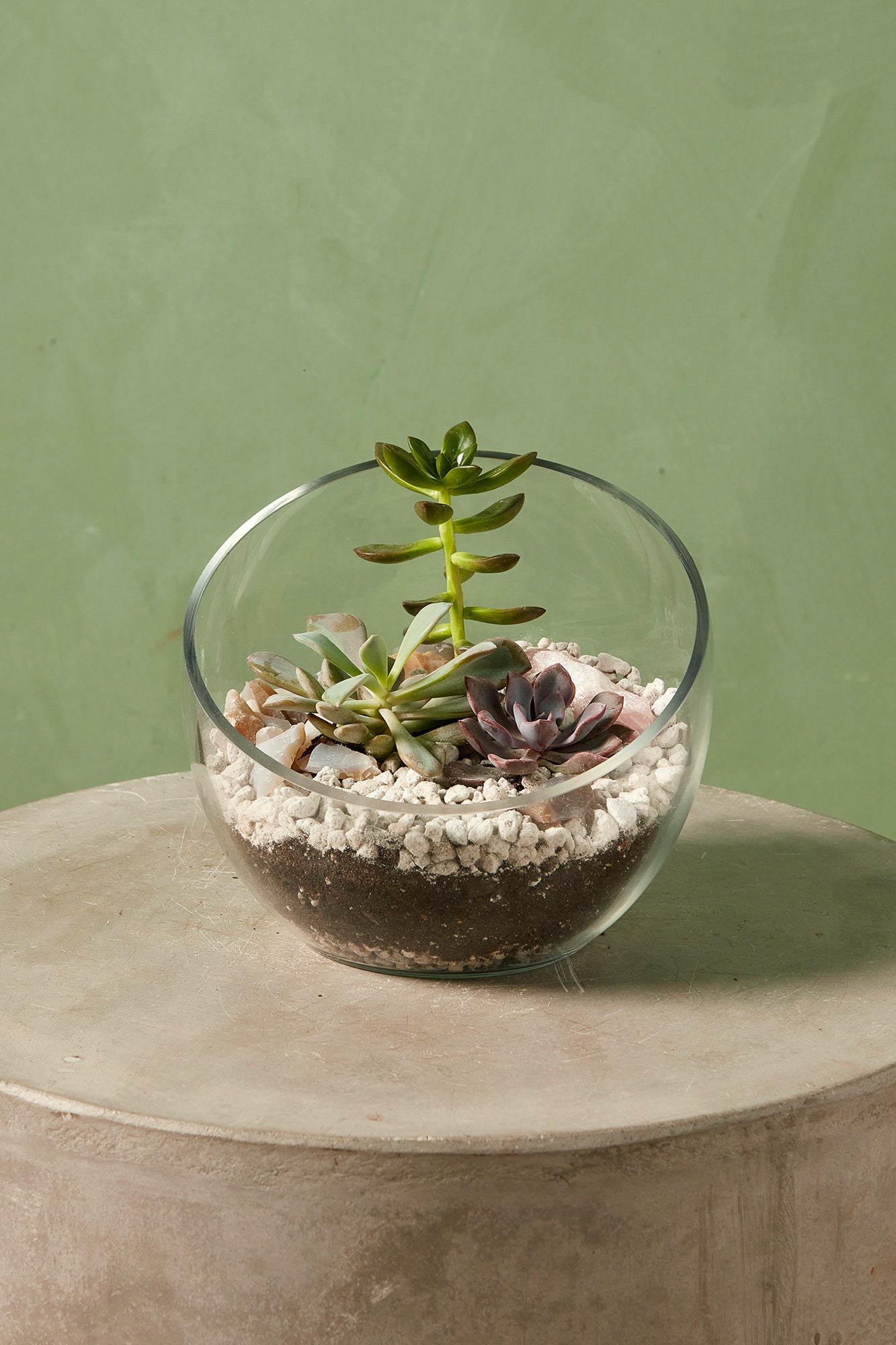
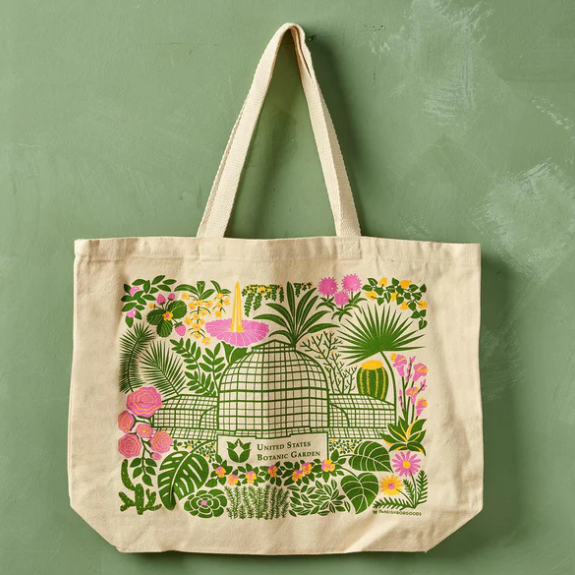
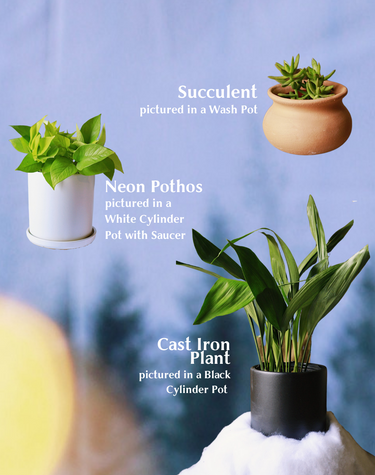
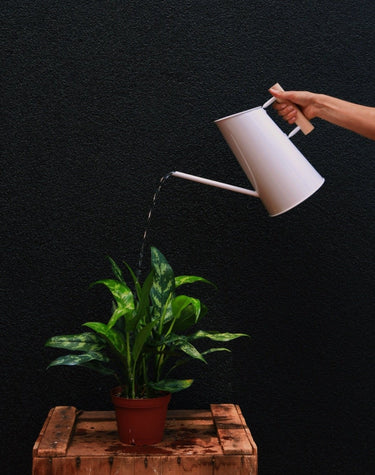
Leave a comment
This site is protected by hCaptcha and the hCaptcha Privacy Policy and Terms of Service apply.